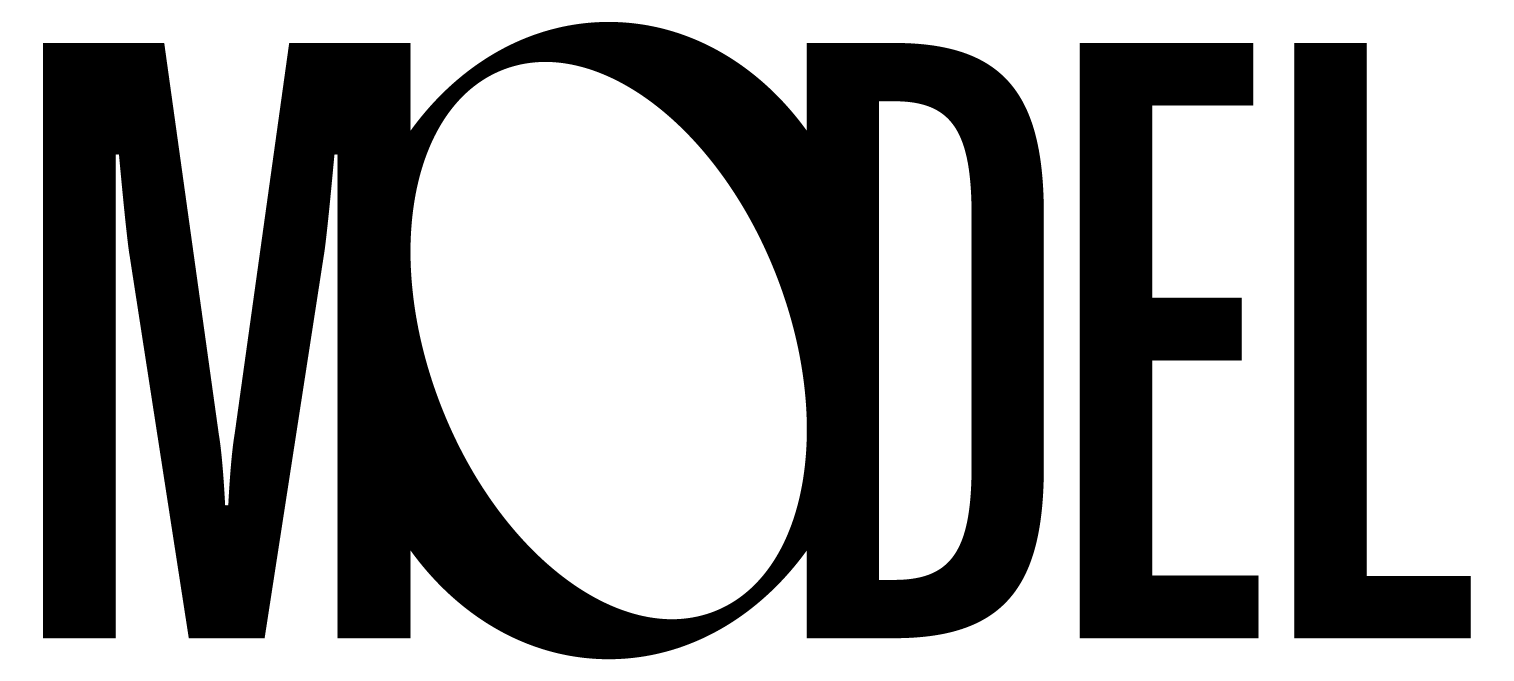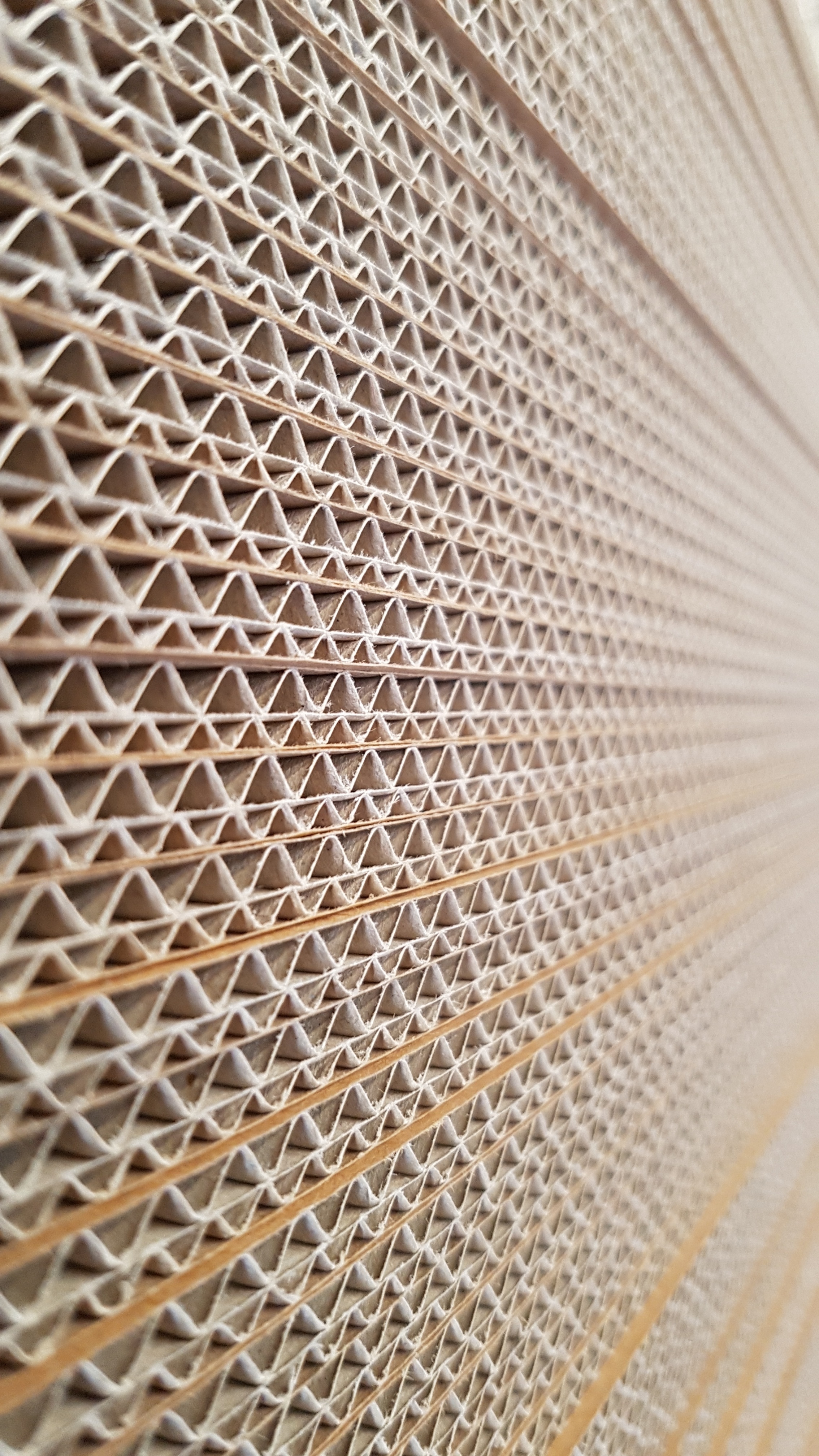Corrugated cardboard – the material from which packaging is made
Have you ever dreamed of waves? Our packaging experts at Model often feel the same way. Not from rushing masses of water in a warm holiday country – but from flowing paper that combines in several layers to form incredibly stable corrugated cardboard.
To help you get to know corrugated cardboard as a raw material, we have gathered our concentrated expert knowledge for you. Here you can read:
Types of shafts and their advantages
Shaft Combinations
the technical values of corrugated board
the secrets of different types of corrugated cardboard
You probably use the fascinating material corrugated cardboard almost every day. With your new corrugated board knowledge, you are guaranteed to make good packaging decisions in the future – for example, when choosing your moving or shipping boxes.
All about corrugated cardboard
The advantages of corrugated board
Paper, air, glue. These ingredients ensure the stable lightweight construction of the corrugated board. Several layers of corrugated paper are glued to one or between several layers of another paper or cardboard.
Why is corrugated cardboard so strong? This is due to the shape and arrangement of the wave. It cushions against loads from the outside and inside, as the pressure is evenly distributed over the surface of the entire corrugated board. This stable construction also exists in nature, for example in wasp nests. By the way, you can find all the important corrugated board terms in our lexicon:
The corrugated board in detail
The technical values of corrugated board
What does a corrugated cardboard box need to be able to do? It must be stable with a low weight, it should be cheap, stackable and easy to use. DIN 55468 defines three specific quality characteristics for corrugated board as a packaging material:
- Burst strength in kPa (kilopascals)
- the piercing work in joules
- Edge compression resistance in kN/m (kilonewton meters)
Corrugated cardboard: The secret to the right grade
How do you find the right corrugated board for your own application? When making your selection, always consider the size and weight of your packaged goods as well as their shipping route. As a result,
a specific combination of corrugations (two or three types of corrugation can be combined with each other, thus giving specific properties to the corrugated board),
a specific basis weight and the type of base paper (e.g. the particularly robust paper type Kraftliner or the cheaper paper type Testliner as a cover paper as well as semi-pulp for the shaft),
a specific packaging design for the stability of the packaging and the protection of your product.
Are you looking for expert advice for your specific application? Contact our experts, we will advise you without obligation on the most efficient packaging solution for your company:
The FEFCO code for a better overview
The FEFCO code makes it easier for you to keep track of the designs of standardized shipping packaging. This is because all standard boxes made of corrugated cardboard have an internationally common code that simplifies communication between manufacturer, retailer and consumer. Read detailed information about the FEFCO code here.
To help you quickly find your way around the Model Online Shop, we have catalogued our extensive range of standard corrugated cardboard boxes according to the FEFCO code. Simply enter your desired FEFCO number in the search.
It depends on the manufacturer
In addition to standard boxes, companies in the corrugated board industry offer their own optimized grades and individual designs, which are developed together with customers, for example.
At Model, we've been optimising corrugated board and packaging since 1882. Since our company was founded, we have attached great importance to the highest quality made in Switzerland. Thanks to our state-of-the-art machinery and extensive expert knowledge, you can order high-quality corrugated cardboard packaging directly from the manufacturer here in the online shop. Of course, with the optimal price-performance.
We also make no compromises when it comes to sustainability. It is anchored in our DNA, because recycled cardboard and paper are the raw material for our corrugated board products.

